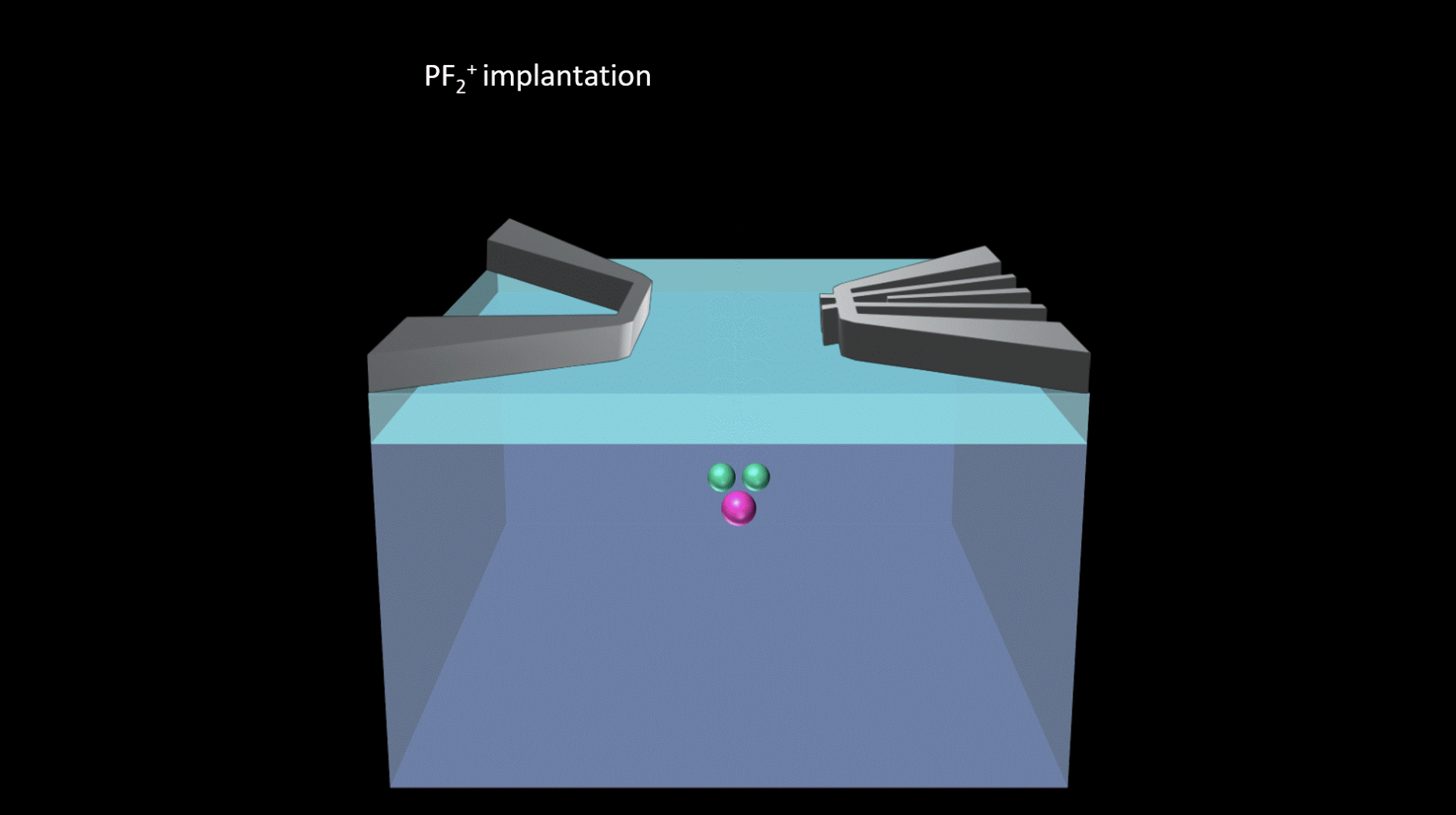A team of engineers from the University of New South Wales and the University of Melbourne have set a new standard in precision manufacturing for quantum computer chips. The team, led by Professors Andrea Morello and David Jamieson, demonstrated that phosphorous ions can be implanted in silicon crystal with 99.95% confidence. This method, based on ion implantation, is already used in conventional computers, making it a scalable solution for quantum computers. The team also found a way to ensure the phosphorous atom is placed accurately within the chip, resolving a significant technical challenge.
Quantum Computing Engineers Achieve New Precision in Chip Manufacturing
A group of quantum computing engineers from the University of New South Wales (UNSW) and the University of Melbourne have achieved a new level of precision in the manufacturing of silicon chips for future quantum computers. The team’s research, published in Advanced Quantum Technologies, demonstrated that phosphorous ions can be implanted in silicon crystal with 99.95% confidence, while also being precisely located within the chip.
Ion Implantation: A Scalable Method for Quantum Computing
The significance of this achievement lies in the manufacturing method used, known as ion implantation. This method, currently used to create binary bits in conventional computers, offers a scalable way to fabricate donor qubits for quantum computers without the need for new techniques. The team, led by Professor Andrea Morello and Professor David Jamieson, is at the forefront of developing silicon quantum bits based on the spin of individual phosphorus atoms in silicon. These qubits are highly effective, supporting high-fidelity quantum operations and holding quantum information for extended periods. However, their reliable fabrication presents a technical challenge.
Resolving the Conundrum of High-Energy Atom Implantation
The challenge lies in the need for high energy to ensure the atom has been placed in the crystal, which in turn creates a large uncertainty in the final position of the atom within the chip. The team’s new research, led by Dr. Danielle Holmes, offers a solution to this problem. Instead of implanting a phosphorus ion alone, the team implanted the molecular ion PF2+, where phosphorus is accompanied by two fluorine atoms. This molecule is shot into the chip at high energy, allowing for the detection of the impact with 99.95% confidence. However, less than half of that energy belongs to the phosphorus atom. The molecule breaks apart upon hitting the chip’s surface, and the phosphorus atom then travels slowly to a well-defined position.
Ensuring the Operation of Phosphorus Quantum Bits
The team also demonstrated that the two stray fluorine atoms do not interfere with the operation of the phosphorus quantum bits. According to Benjamin Wilhelm, a UNSW PhD student who performed the quantum measurements, after the implantation, the device undergoes a quick, high-temperature process, which causes the fluorine atoms to diffuse away, leaving the phosphorus atom in place. This research represents a significant step forward in the precision manufacturing of silicon chips for quantum computers.

